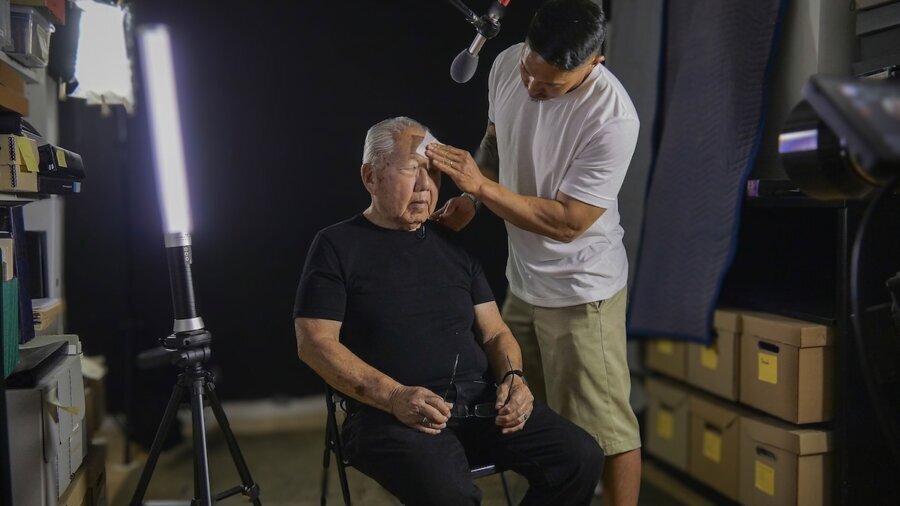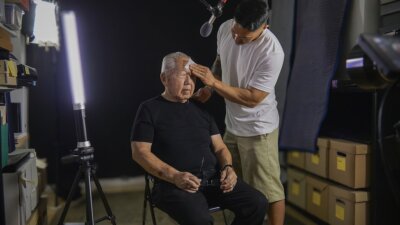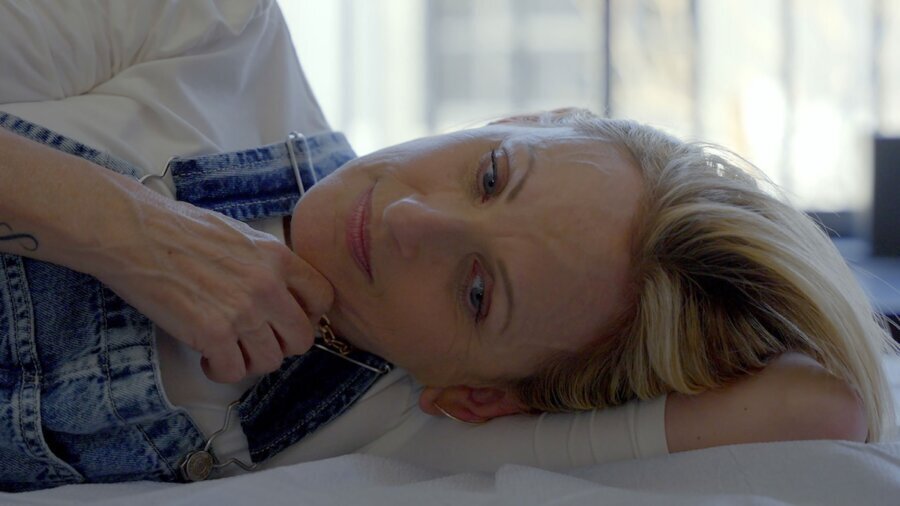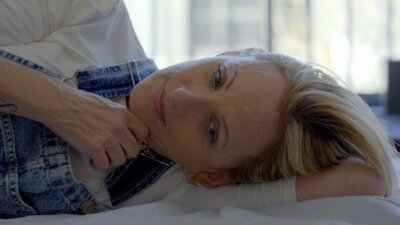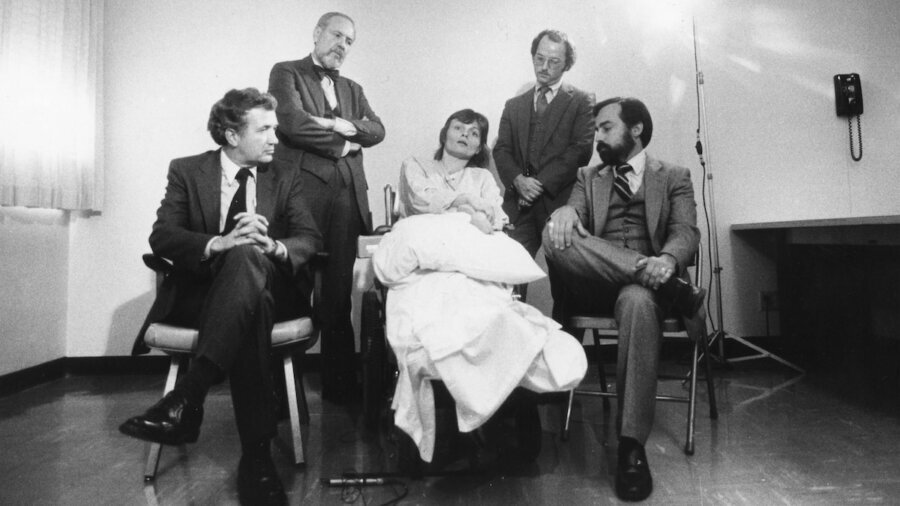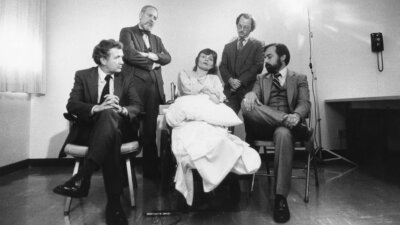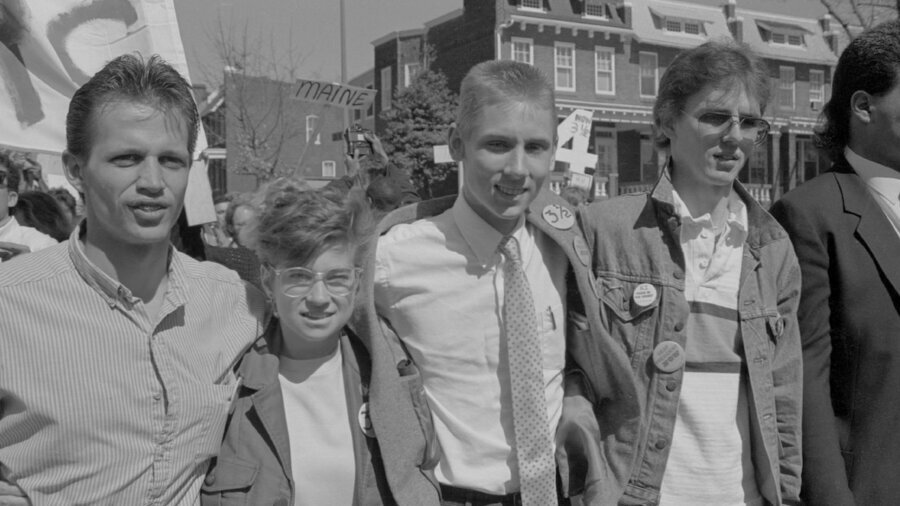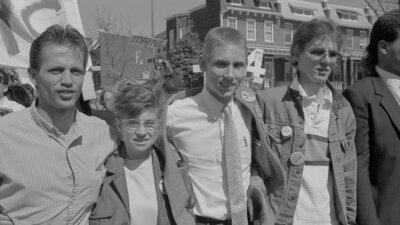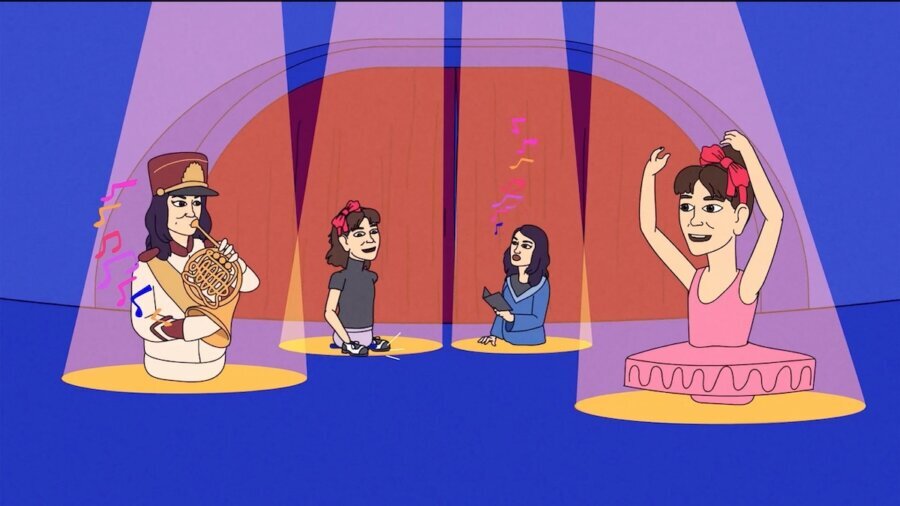“I have pain in every part of my body.”
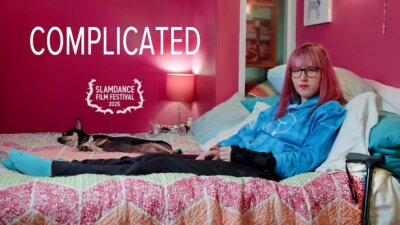 Filmed over the course of seven years, Complicated is a documentary directed by Andrew Abrahams that follows several young people living with Ehlers-Danlos Syndrome (EDS), a connective tissue disorder that causes the body to produce faulty collagen. Karen, one of the film’s subjects, explains it this way:
Filmed over the course of seven years, Complicated is a documentary directed by Andrew Abrahams that follows several young people living with Ehlers-Danlos Syndrome (EDS), a connective tissue disorder that causes the body to produce faulty collagen. Karen, one of the film’s subjects, explains it this way:
“Say you have to build a sturdy Popsicle stick house. You’re better off using a hot glue gun than Elmer’s glue—because with Elmer’s glue, your Popsicle stick house will surely fall apart. Whereas with a hot glue gun, once it’s together, it stays together. I’m built with Elmer’s glue—not strong glue—that falls apart easily. So, Ehlers Danlos Syndrome is when connective tissue is defective and so your whole body falls apart.”
Complicated is an unflinching window into what it means to navigate life with a complex chronic illness, not just for those diagnosed but for their families as well. The stories in the film are deeply interwoven—just as they were in real life. Many of the young people featured in Complicated connected with each other through the shared challenges of living with EDS. [continue reading…]


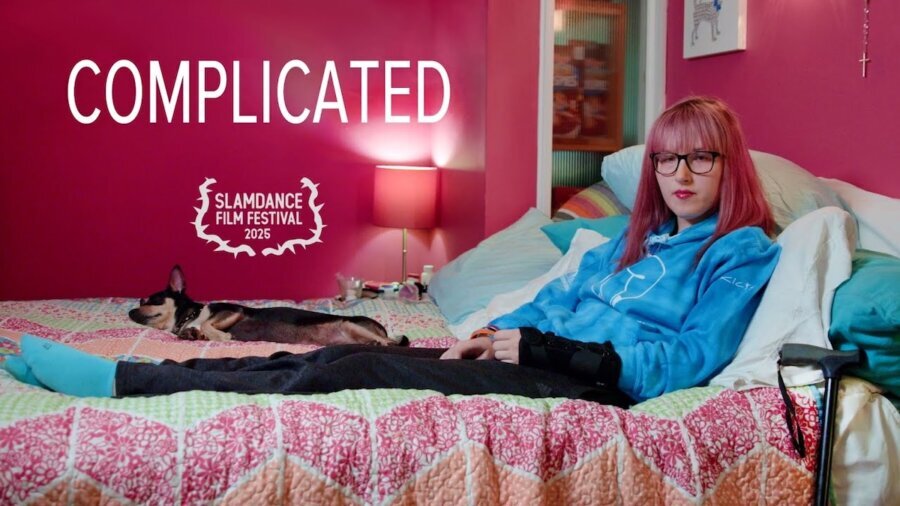
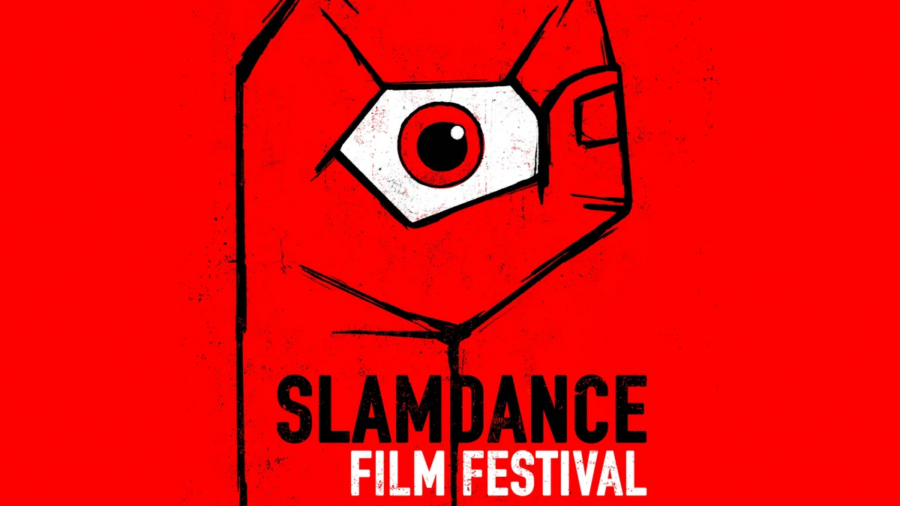
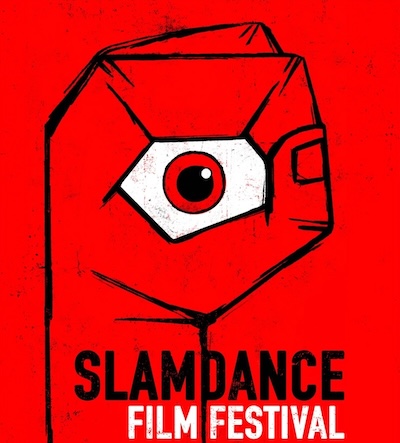 In 2020, filmmaker and disability advocate Juliet Romeo reached out to Slamdance Film Festival co-founder Peter Baxter, stressing the need for a program by and for disabled filmmakers. Conversations turned to action, and Slamdance Unstoppable was born. In 2021, Slamdance featured a showcase of disability-inclusive short films at its virtual festival, and by 2023, Slamdance Unstoppable had grown to include short and feature films, screening both in-person and virtually.
In 2020, filmmaker and disability advocate Juliet Romeo reached out to Slamdance Film Festival co-founder Peter Baxter, stressing the need for a program by and for disabled filmmakers. Conversations turned to action, and Slamdance Unstoppable was born. In 2021, Slamdance featured a showcase of disability-inclusive short films at its virtual festival, and by 2023, Slamdance Unstoppable had grown to include short and feature films, screening both in-person and virtually.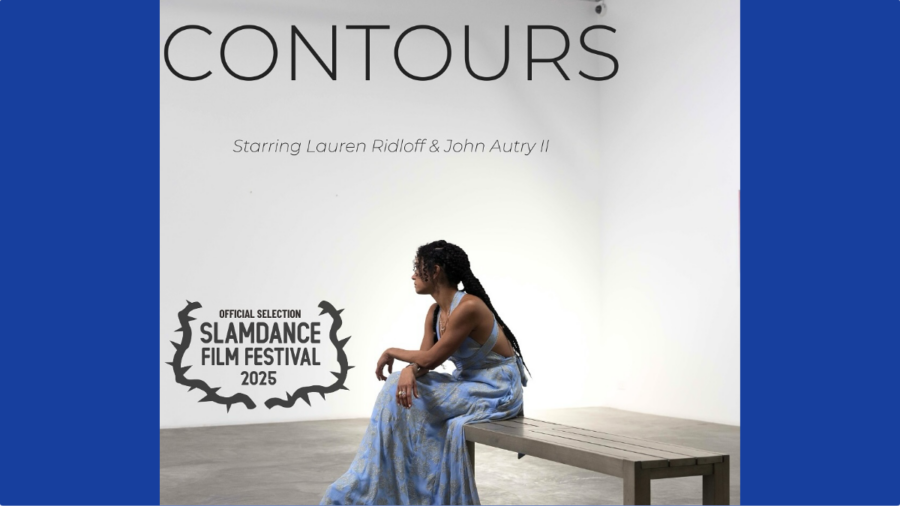
 Expertly crafted by a seasoned team of trailblazers comes
Expertly crafted by a seasoned team of trailblazers comes 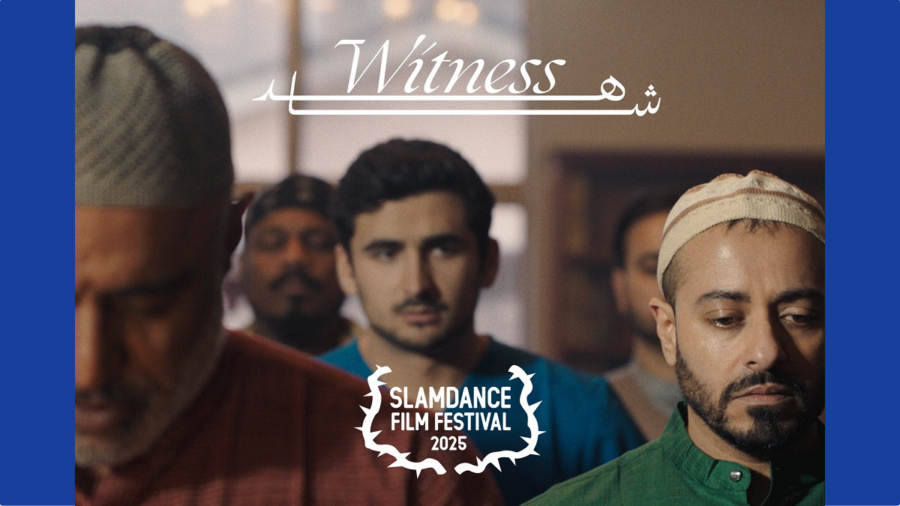
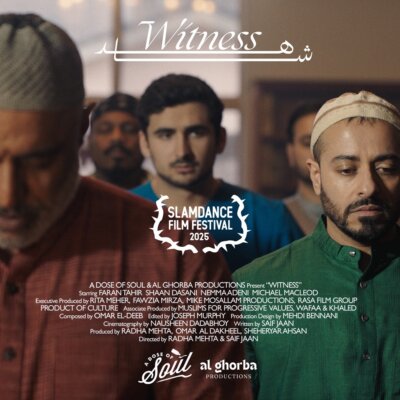 The short film
The short film 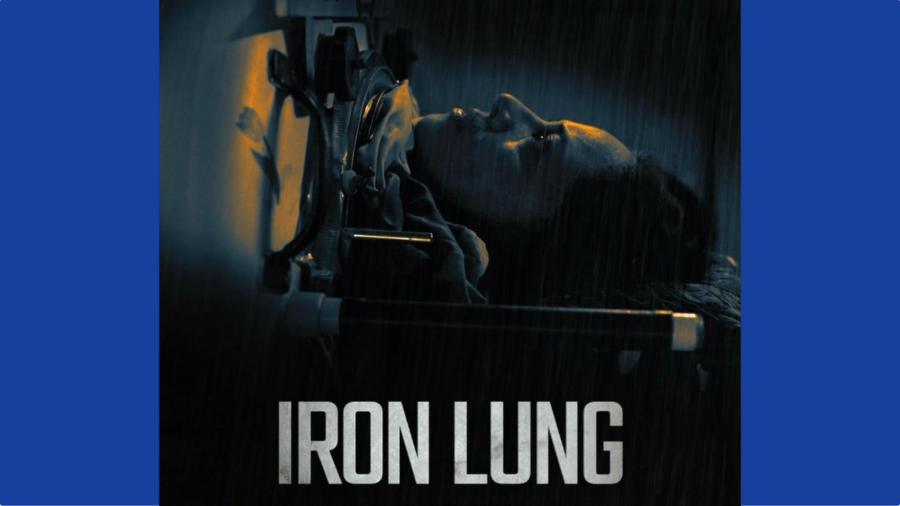
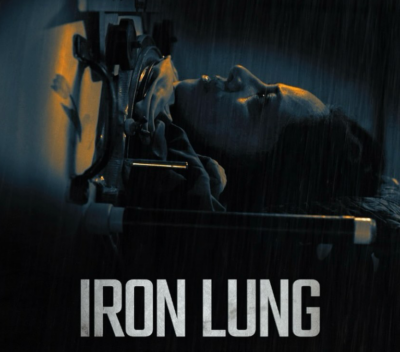 Polio. Iron lungs. These one-time commonalities from a bygone era play a central role in Director Andrew Reid’s short film, Iron Lung.
Polio. Iron lungs. These one-time commonalities from a bygone era play a central role in Director Andrew Reid’s short film, Iron Lung.